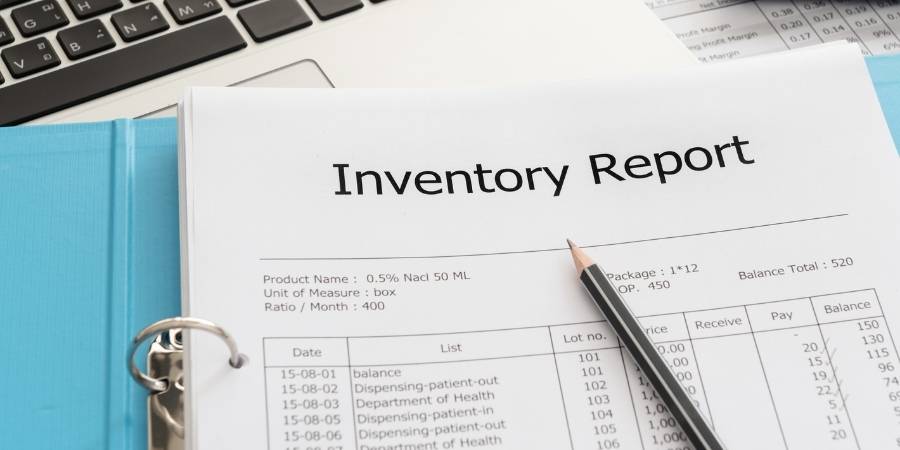
What Are the Elements of Working Capital Management?
What Are the Elements of Working Capital Management?
Posted on October 3, 2022 in Finance
Working capital management is an integral part of running a business. It’s the difference between being able to pay your bills and going broke. There are many ways to manage working capital, and every business owner needs to know about them. In this article, we’ll discuss various elements of it.
Bookkeeping
The importance of keeping records is often overlooked. A well-organized bookkeeping system can save you time and money, while a disorganized one will cost you both. Bookkeepers are trained in the proper methods for recording transactions, but they are not accountants or financial analysts.
Accountants perform complex accounting tasks such as tax planning, financial statements preparation and analysis, payroll processing, and other activities after completing the basic bookkeeping. Accountants also prepare audits and verify similar data reported by others (e.g., managers).
Financial analysts use historical information to project future performance based on current trends or events (e.g., economic factors). They prepare reports about an organization’s risks by analyzing trends and forecasts and expert opinions about possible outcomes under various circumstances.
The goal is to provide accurate predictions using quantitative forecasting models—a field known as econometrics—rather than relying solely on intuition or experience gained from past events that may not be relevant anymore due to changing conditions affecting future performance levels; this sometimes involves using sophisticated statistical methods such as regression analysis.

Forecasting
Forecasting is an essential part of working capital management. Forecasting helps you determine your cash flow needs, which enables you to manage your working capital more effectively.
Forecasts are created using simple tools like a spreadsheet. Projections should be made regularly to keep up with changes in your business and the economy.
Budgeting
Budgeting is an integral part of working capital management. It’s creating and monitoring budgets for each department in your company. A well-designed budget can help you make better predictions about how much cash will be available when paying expenses, so you know what to expect as far as cash flow goes.
A typical workflow for budgeting may be:
- Create a forecast for each department within the organization (sales, marketing, operations)
- Review current performance against past performance and expected results based on market conditions or other factors that might affect spending levels over time (e.g., an increase in sales leads)
- Adjust budgets if necessary based on changes made during step 2.
Cash Flow Management
Cash flow management is the process of managing the cash flow of a business. It involves controlling the balance sheet and income statement so that the company can be profitable, pay its debts on time, and use its remaining funds for other purposes.
The first step in cash flow management is forecasting future cash flows using historical data and data from similar companies in similar industries. Once your business has a good sense of how much money it will make or lose over time, you can plan what kinds of investments you’d like to make (or not).
For example, You might decide that there are some opportunities for growth in your company’s products or services, but they’ll require additional capital; however, if those products don’t sell well enough after a few months, then it might not be worth continuing with them because they’ve reduced your working capital too much.

Inventory Management
Inventory management is one of the most important aspects of working capital management. If you don’t keep an eye on your inventory levels, you risk running out of products and paying higher prices or shipping costs to get them. This can hurt your bottom line—not to mention it’s a nightmare for customers who may not be able to buy what they need when they need it.
To manage inventory levels effectively:
- Keep track of what you have on hand. You can use spreadsheet programs like Excel or Google Sheets, but more straightforward options like pen and paper will do just fine if you’re consistent about recording everything.
- Try to reduce waste by not keeping more stock than necessary; extra labor isn’t free! If a customer doesn’t buy something from you after X days (depending on how much money is at stake), consider putting that item up for sale elsewhere (eBay, Amazon Marketplace). Don’t forget about returns either – if someone buys something from the store then brings back an item because it broke shortly afterward (or maybe just didn’t fit), too bad, so sad – those goods belong back into circulation.
If you are starting a new business or have already established a small to medium-sized enterprise, it’s essential to manage your working capital efficiently. While you may not have access to traditional sources of financing like credit lines from banks, other options can help you manage growth and scale your business. These include factoring (or invoice discounting), peer-to-peer lending platforms such as Funding Circle, invoice finance providers like Invoice Discounting Solutions (IDS) and Square 1 Financial, and invoice trading platforms like Receivable Exchange (RX).